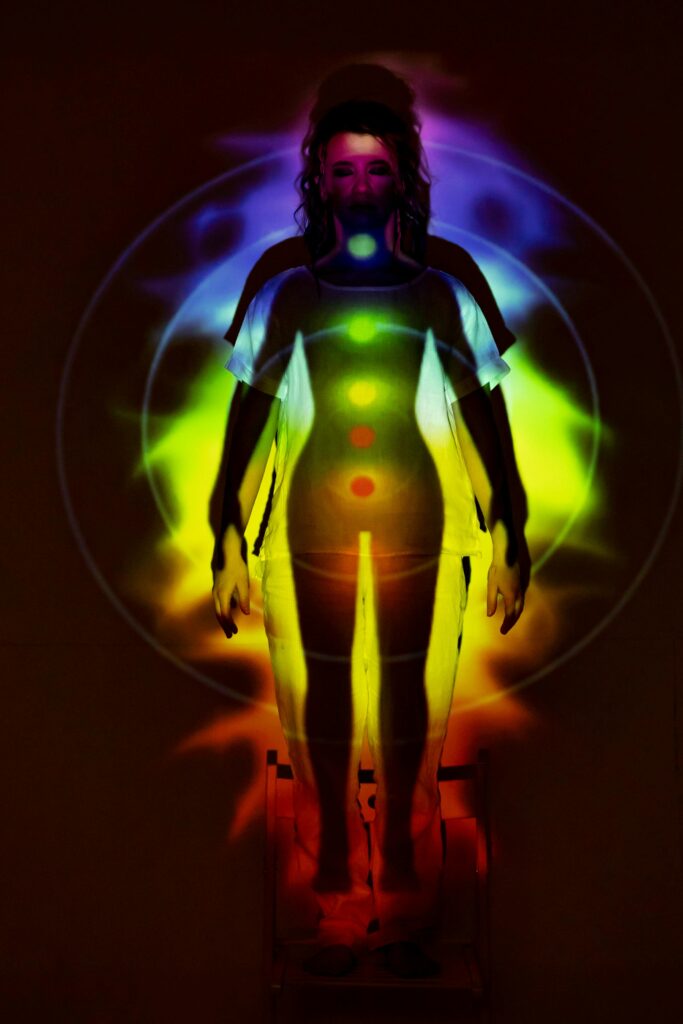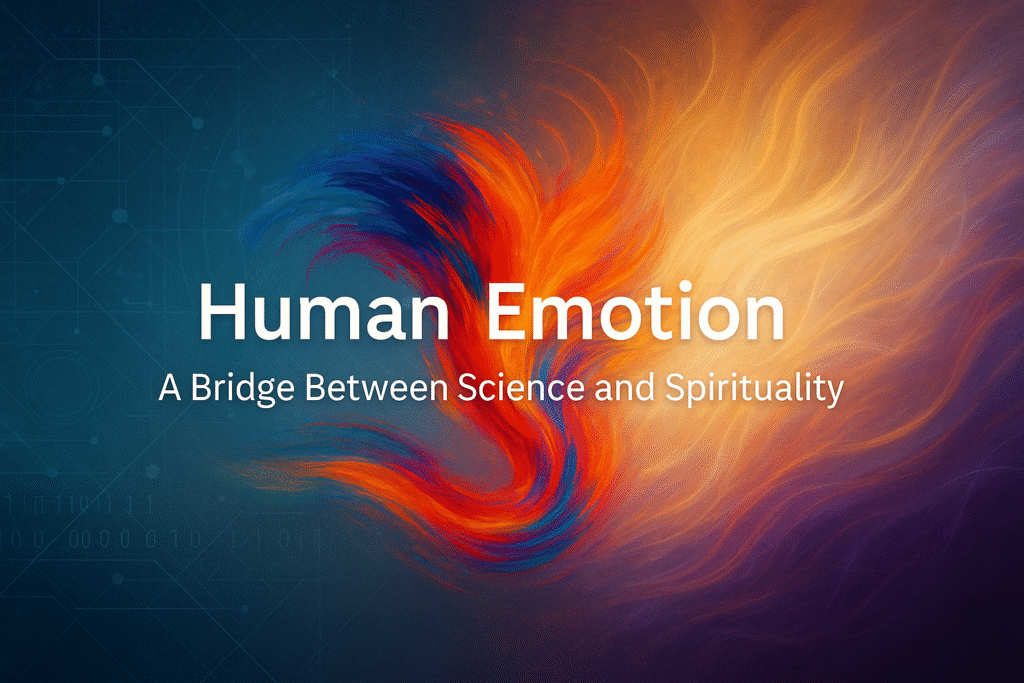Human emotions
Human emotions are powerful. They can lift us to the heights of joy or drag us into the depths of sorrow. But what exactly are emotions? Are they just chemical reactions in the brain? Or are they deeper spiritual signals guiding us through life?
In this blog post, we’ll explore human emotion through two powerful lenses: science and spirituality — two worlds that seem different, yet often overlap in beautiful and surprising ways.

The Spiritual Perspective on Emotion
In spiritual traditions, emotions are not just mental states — they are energetic experiences that reflect the state of the soul. They are vibrations of consciousness, shaping how we experience ourselves, others, and the universe.
Emotions as Energy
Many spiritual teachings suggest that:
Emotions are vibrational frequencies.
Higher emotions like love, peace, and gratitude align us with the divine.
Lower emotions like fear, jealousy, and anger signal misalignment or ego.
General Consideration of Emotions in Spiritual Perspectives:
Emotions as Indicators:
Many spiritual traditions view emotions as indicators of one’s spiritual state or alignment. Positive emotions like love, compassion, joy, and peace are often seen as reflections of a connection to the divine or a state of spiritual harmony. Negative emotions like anger, fear, attachment, and resentment are often seen as signs of spiritual worldliness, ego dominance, or separation from the divine or true self.
Purpose in Spiritual Growth:
Emotions are often considered essential for spiritual growth. Challenging emotions can be seen as opportunities for learning, purification, and developing virtues like patience, humility, and forgiveness. Positive emotions can be cultivated as a means of fostering connection, devotion, and altruism.
Transcendence and Regulation:
While emotions are acknowledged and sometimes even embraced in spiritual practices, many traditions emphasise the importance of transcending or regulating disruptive emotions. This doesn’t necessarily mean suppressing emotions, but rather understanding their impermanent nature, not being controlled by them, and transforming negative emotional energy into positive spiritual qualities.
Connection to the Divine or Higher Power:
Emotions, particularly those like awe, gratitude, reverence, and love, are often seen as pathways to connect with the divine, a higher power, or the ultimate reality. These emotions can be cultivated through prayer, meditation, ritual, and contemplation.
Karma and Emotional Patterns:
In some Eastern traditions like Hinduism and Buddhism, emotional patterns and reactions can be understood through the lens of karma, where past actions and intentions influence present emotional experiences. Working with emotions is, therefore, part of the process of purifying karma and moving towards liberation.
Perspectives from Specific Traditions:
- Eastern Philosophies (Buddhism, Hinduism):
Buddhism:
Emotions are seen as impermanent states influenced by attachment and aversion. Negative emotions are considered the roots of suffering (dukkha). Practices like mindfulness and meditation aim to observe emotions without judgment, understand their empty nature, and cultivate positive emotions like metta (loving-kindness) and karuna (compassion) to achieve liberation (Nirvana).
Hinduism:
Emotions are understood within the framework of gunas (qualities of nature) and karmic influences. Bhakti Yoga emphasises cultivating devotion and love for the divine as a primary emotional path to spiritual realisation. The concept of rasa in some Hindu philosophies refers to the aesthetic and emotional flavours of experience, which can be channelled towards spiritual ends. Moreover, Emotions are seen as part of the human experience created by God – Bishnu, known as the protector, among the Trideva(Brahma, Bishnu, Mahesh)
Chakras and Emotions
According to yogic traditions, emotions flow through chakras (energy centres in the body). Each chakra is linked to specific emotional states:
Heart Chakra (Anahata) – Love, compassion, grief.
Solar Plexus (Manipura) – Anger, power, self-worth.
Sacral Chakra (Swadhisthana) – Joy, desire, creativity.
When these energy centres are blocked, it can lead to emotional imbalance or even physical illness.

Emotions as Teachers
In spirituality:
Painful emotions are seen as teachers, showing us what needs healing.
Joyful emotions are reminders of our natural, unburdened state.
The goal is not to suppress emotions but to observe them without attachment, like watching clouds pass across the sky.
Through mindfulness, meditation, and inner reflection, one can go beyond emotional suffering and reach a place of inner peace and equanimity.
This article turned out longer than expected, which might feel a bit heavy to read all at once. So, I’ve split it into parts, and I truly appreciate your patience.
In the next post, I’ll explore The Scientific Understanding of Emotion.
Continue Your Journey
If you’re inspired to dive deeper into the connection between emotion, science, and spirituality, you may find these resources enlightening:
🔗 The Science of Emotion – American Psychological Association
Explore how modern psychology defines and studies emotions from a scientific perspective.
🔗 Emotions and the Spiritual Heart – HeartMath Institute
Discover how emotions influence our energy, intuition, and connection to the world.
🔗 The Neuroscience of Spirituality – Scientific American
Understand how spiritual experiences are reflected in the brain—and how emotion plays a role.


Pingback: Emotions: Bridge Between Science and Spirituality